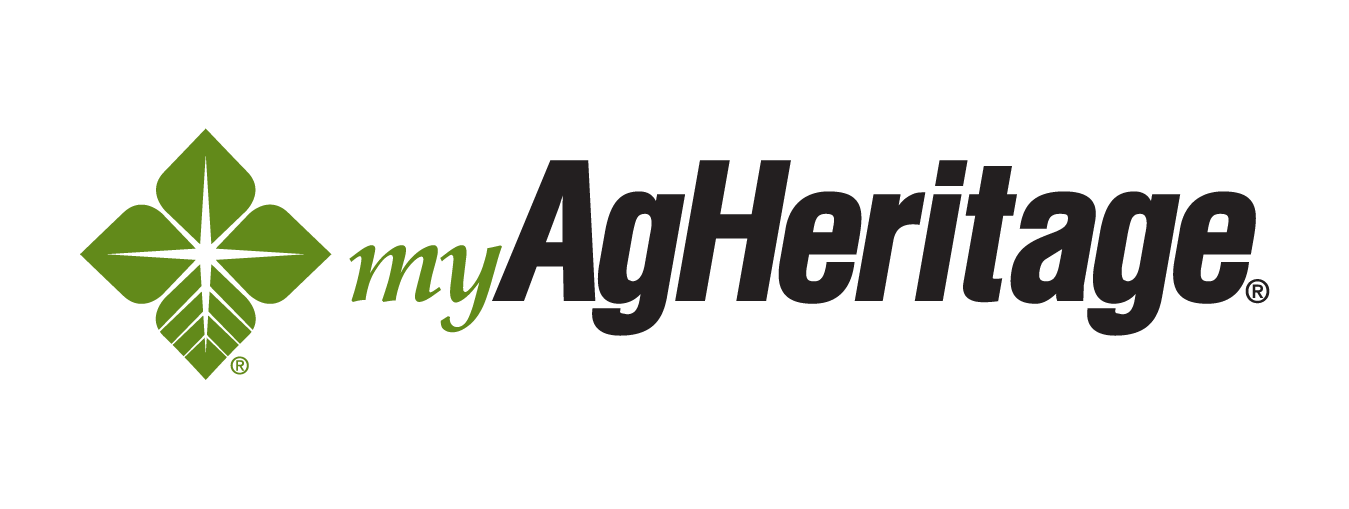BIRMINGHAM, Ala. (DTN) -- That the largest U.S. farms are rapidly adopting the newest technologies and the smallest adopting the least are accurate observations. But there are other truths.
Small farms do benefit from a wide array of technologies deployed by the custom operators and retail applicators they hire. "Guess what," said Kansas State University Precision Agriculture Economist Terry Griffin, "those (custom farming) machines are going to be less than three years old and have all the (newest) tech on it. A small farm may actually have more data about his moisture and yields, and whatever else comes off the combine (than medium-sized farms). It's really not a surprising result."
Some technologies have also become more cost efficient. Chris Ehman, product segment marketing team manager for precision farming at New Holland, acknowledged that ag technology developers have generally targeted large, cash grain and fiber operations, businesses with enough acres and income to capture a return on investment (ROI) in a reasonable amount of time.
"When technology was new, it was expensive," Ehman said.
Smaller farm operations just could not see that ROI. But that is changing.
"Hydraulic steering systems used to be difficult installations (and) they were very expensive ($8,000 to $13,000)," Ehman said. "Now we offer electric steering that can be just as accurate as hydraulic steering ($3,000 to $7,500). It offers easy installation, more economical price, as well as offering the opportunity to move it from one machine to another."
Once smaller farmers realize that cost is no longer that big, bad barrier to technology and the ROI picture turns more positive, "they will see their plans and expectations come together," Ehman said.
For example, New Holland's XCN-1060 display combined with its NAV-900 guidance controller with CenterPoint correction service gives smaller operations more automated control and precision at a practical cost. Display, guidance controller can be retrofitted onto an older machine. The XCN-1060 is $1,390 and the NAV-900 is $1,190 and it includes CenterPoint RTX correction service for the first year.
A USDA report released this spring found U.S. farmers are rapidly gravitating to technologies that bring efficiency, sustainability and ease labor challenges. The report (Precision Agriculture in the Digital Era, February 2023; Griffin was one of the authors) finds that farmers applying auto-steer and guidance to their machinery rose from 5.3% on corn operations in 2001 to 58% in corn by 2016. USDA also finds adoption rates for auto-steer and guidance were 72.9% for sorghum, 64.5% for cotton by 2019 and 54.5% in soybeans (as of 2018). As of 2019, up to 64.5% of cotton growers used auto-steer and guidance.
Not surprisingly, USDA finds that the largest farms are adopting guidance systems at a rapid rate. Of the largest farms growing corn in 2016 (1,725 acres or more), 73% had adopted guidance systems. It was the same across the board for the largest farms producing soybeans, winter wheat and cotton. Of the largest winter wheat operations (3,140 acres or more), 82% of those farms had incorporated guidance into their field operations by 2018.
It is a different story for the smallest farms (200 acres or fewer). Adoption rates for guidance systems by 2016 for various commodities were right at, or below 10%. Less than 25% of smaller farms use any of the top four technologies measured by USDA--auto-steer/GPS, soil and yield maps, and variable rate technologies (VRT).
In an interview with USDA's Agricultural Research Service's 'Under the Microscope' feature, ARS researcher Philip Owens sees room for increased technology adoption on small farms. "In the U.S., larger farms are ... overcoming technology barriers," Owens says. "But very few small farms, which make up greater than 85% of U.S. farm total, have adopted precision agriculture ... There is substantial room for increased adoption on small farms, which would potentially lead to economic and environmental savings because decreases in costs often lead to increases in profits." Owens works from the Dale Bumpers Small Farms Research Center in Booneville, Arkansas.
More, smaller farm operators don't need to understand every nut and bolt of the technology, Kansas State's Griffin said. "The most adopted technologies typically have the word 'automated' in their names. The reason for that is that they tend to make life a little bit easier for the operators than if they didn't have the technology."
Cost or availability also may not be the barriers they once were. Auto-steering for example, is a long-proven technology with quick ROI and it improves operating comfort across all age groups. While typically added to larger machines, auto-steer can be added down to those lower, 100-plus hp tractors.
Griffin encourages smaller farming operations to be creative in their use technologies. "Your yield monitor is a kind of a gateway to a whole new world of data and technologies," Griffin said. But while you track yield, it remains difficult to make judgments on that data without an ability to automate analysis and observations into a workable agronomic plan. "Yield monitors are great, but it has to be the farm operator who's ready to dive into a laptop and spend time analyzing data."
The largest farms gather data mountains from yield monitors and other sensing technologies. "(They're) planting different hybrids across (large acreages). And, they're getting a pretty good picture of how those varieties, hybrids or herbicides work under their management," Griffin said.
Smaller operations can replicate that outcome. A 500-acre farmer is not always privy to large information flows, but a group of 500-acre farmers can. If those 500-acre farmers combine the capabilities of their owned technologies and if they pool their data, you they can draft a workable agronomic plan.
"You're essentially getting," Griffin said, "the same data (flow) as you would from custom harvesters, that can be analyzed and give insights big time operators have that you as a small acreage farmer don't. You can go from no technology to have in the field a (technology) menu overnight."
After auto-steer and guidance, what technology might best next suit smaller farms?
"I think the next logical step would probably be application control," Ehman said. "If you can control what has been applied and improve that variable as well as improve the dry outputs, that would be the next logical step after guidance. He added, "It's important for our customers to speak with their dealers to find out what the solutions are. And for customers to not just say 'I need a solution,' but to say, 'I'm looking to eliminate skips and overlaps.' That way, they can help you find a solution that will do that."
Find USDA's Precision Agriculture in the Digital Era: Recent Adoption on U.S. Farms: www.ers.usda.gov/publications/pub-details/?pubid=105893
Dan Miller can be reached at dan.miller@dtn.com
Follow him on Twitter @DMillerPF
(c) Copyright 2023 DTN, LLC. All rights reserved.






